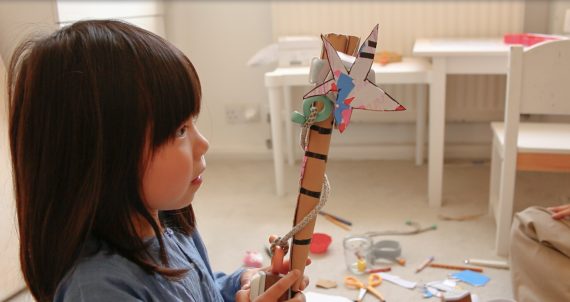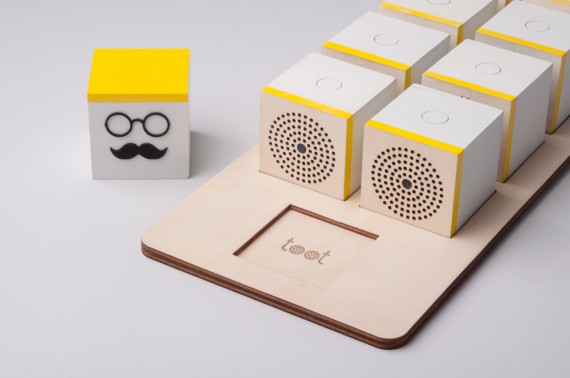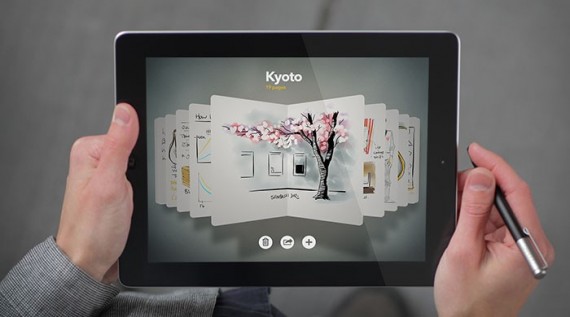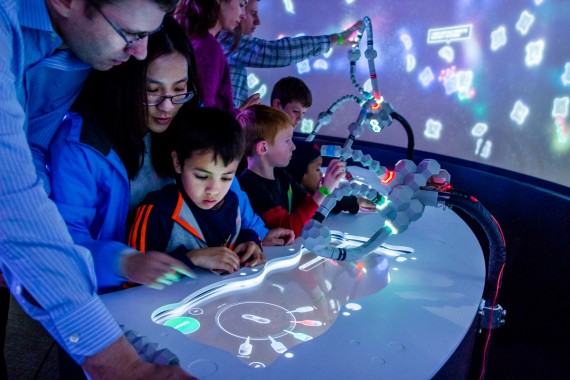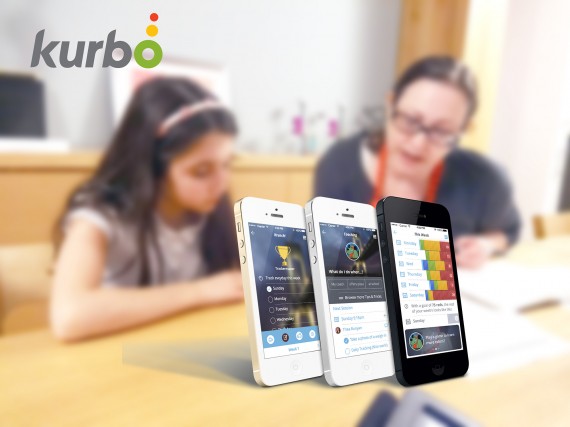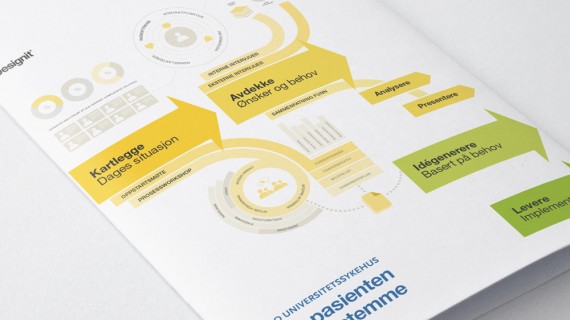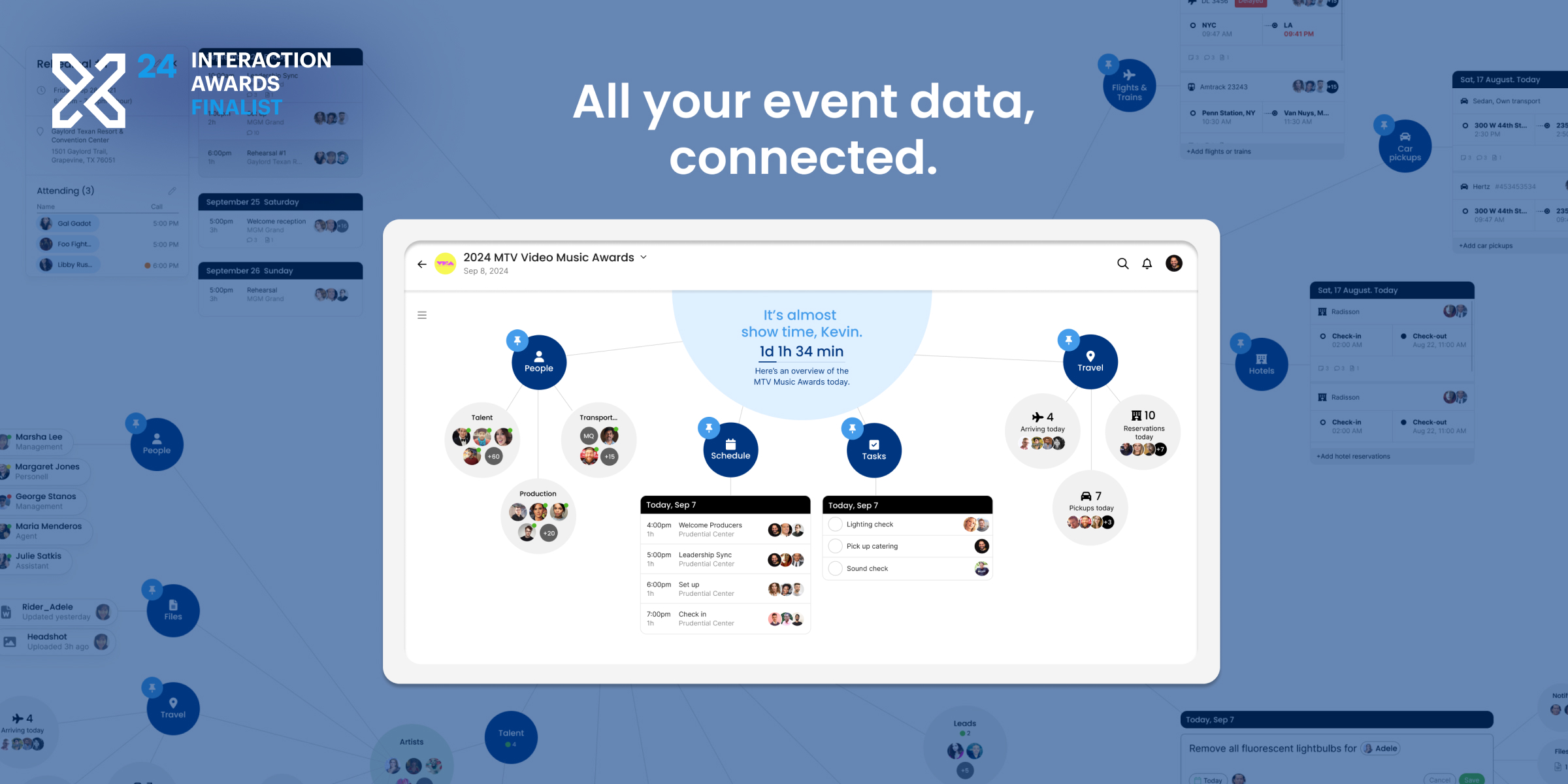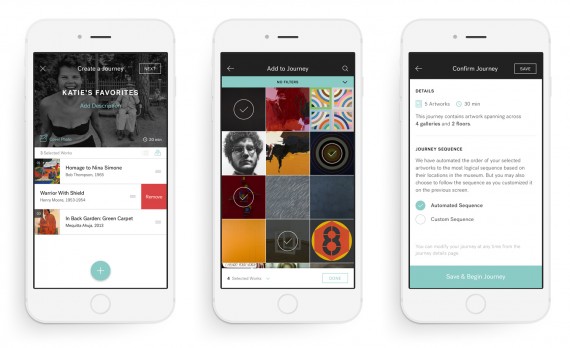SAM by SAM Labs
Team
Company | Institution
Category
Type
Project description
Typical physical-digital and electronics prototyping require a fairly steep learning curve, meaning that hours are spent dealing with syntax. Many platforms rely on wiring and physical connections that can be fiddly and cause extra failing points within the design. SAM is designed to empower students, designers, and creatives of all ages and skills to make prototypes, connected products, and services, with zero code.
Typical physical-digital and electronics prototyping requires a fairly steep learning curve, meaning that hours are spent dealing with syntax.
Many platforms rely on wiring and physical connections that can be fiddly and cause extra failing points within the design.
SAM is designed to empower students, designers and creative of all ages and skills to make prototypes, connected products and services, with zero code.
Everything from the physical design of the SAM modules, to the engaging Graphical User Interface is designed to get people thinking about the right solutions, rather than getting bogged down in code.
SAM’s modules are made up of wireless sensors and actors that sense and perform tasks based on what you tell them to do.
The SAM app is easy and intuitive and allows you to connect the different modules together wirelessly to create interactive systems.
Process:
Joachim came up with the idea of SAM August 2013 in Tokyo.
He saw that there was no really easy way to create a prototype or product using electronics and coding, which meant those who have not experienced a technical education were cut off.
Joachim therefore focused on “delight” and “experience”, to make the whole journey empathetic and enjoyable and allow anyone to realise their ideas in minutes.
Early prototypes of SAM were developed December 2013. Joachim then worked with peers to refine the design and the SAM team hosted “hackathons” to push through development obstacles.
In early 2014, he established SAM Labs and in October of the same year, the SAM Kickstarter campaign had raised an impressive £125K in 30 days.
After the Kickstarter SAM worked with MAP and Pentagram to make our design language consistent across hardware and software. Pentagram designed SAMs entire brand identity and Map redesigned the UI, and designed the onboarding, example projects, packaging system and the bands around the modules.
We’ve run multiple workshops (with 20+ people at a time) to build interactive prototypes. These workshops have included students at the Royal College of Art, London College of Fashion, designers from Pentagram Design, and the London chapter of the Interaction Design Association.
We’ve also run a session at Google’s Youth I/O and a workshop at a school in Brussels, where 300 students built Internet connected devices in minutes.
The outcome:
The Kickstarter campaign raised £125K in 30 days with over 800 backers and SAM kits were shipped in June 2015. Kits are also available from www.samlabs.me.
SAM has received encouraging press from the likes of Wired, Design Week, Wallpaper and Dizeen and Joachim gave a TED Institute talk on a solution to build a generation of inventors.
As part of London Design Festival, SAM featured at Tom Dixon’s curated event and Tent London.
Over 550 people have attended our workshops built smart devices with minimal training. The journey has only just begun and with a growing community forming, SAM fits this category perfectly as it lowers the entry barriers and empowers anyone to be an inventor.
Typical physical-digital and electronics prototyping requires a fairly steep learning curve, meaning that hours are spent dealing with syntax.
Many platforms rely on wiring and physical connections that can be fiddly and cause extra failing points within the design.
SAM is designed to empower students, designers and creative of all ages and skills to make prototypes, connected products and services, with zero code.
Everything from the physical design of the SAM modules, to the engaging Graphical User Interface is designed to get people thinking about the right solutions, rather than getting bogged down in code.
SAM’s modules are made up of wireless sensors and actors that sense and perform tasks based on what you tell them to do.
The SAM app is easy and intuitive and allows you to connect the different modules together wirelessly to create interactive systems.
Process:
Joachim came up with the idea of SAM August 2013 in Tokyo.
He saw that there was no really easy way to create a prototype or product using electronics and coding, which meant those who have not experienced a technical education were cut off.
Joachim therefore focused on “delight” and “experience”, to make the whole journey empathetic and enjoyable and allow anyone to realise their ideas in minutes.
Early prototypes of SAM were developed December 2013. Joachim then worked with peers to refine the design and the SAM team hosted “hackathons” to push through development obstacles.
In early 2014, he established SAM Labs and in October of the same year, the SAM Kickstarter campaign had raised an impressive £125K in 30 days.
After the Kickstarter SAM worked with MAP and Pentagram to make our design language consistent across hardware and software. Pentagram designed SAMs entire brand identity and Map redesigned the UI, and designed the onboarding, example projects, packaging system and the bands around the modules.
We’ve run multiple workshops (with 20+ people at a time) to build interactive prototypes. These workshops have included students at the Royal College of Art, London College of Fashion, designers from Pentagram Design, and the London chapter of the Interaction Design Association.
We’ve also run a session at Google’s Youth I/O and a workshop at a school in Brussels, where 300 students built Internet connected devices in minutes.
The outcome:
The Kickstarter campaign raised £125K in 30 days with over 800 backers and SAM kits were shipped in June 2015. Kits are also available from www.samlabs.me.
SAM has received encouraging press from the likes of Wired, Design Week, Wallpaper and Dizeen and Joachim gave a TED Institute talk on a solution to build a generation of inventors.
As part of London Design Festival, SAM featured at Tom Dixon’s curated event and Tent London.
Over 550 people have attended our workshops built smart devices with minimal training. The journey has only just begun and with a growing community forming, SAM fits this category perfectly as it lowers the entry barriers and empowers anyone to be an inventor.



